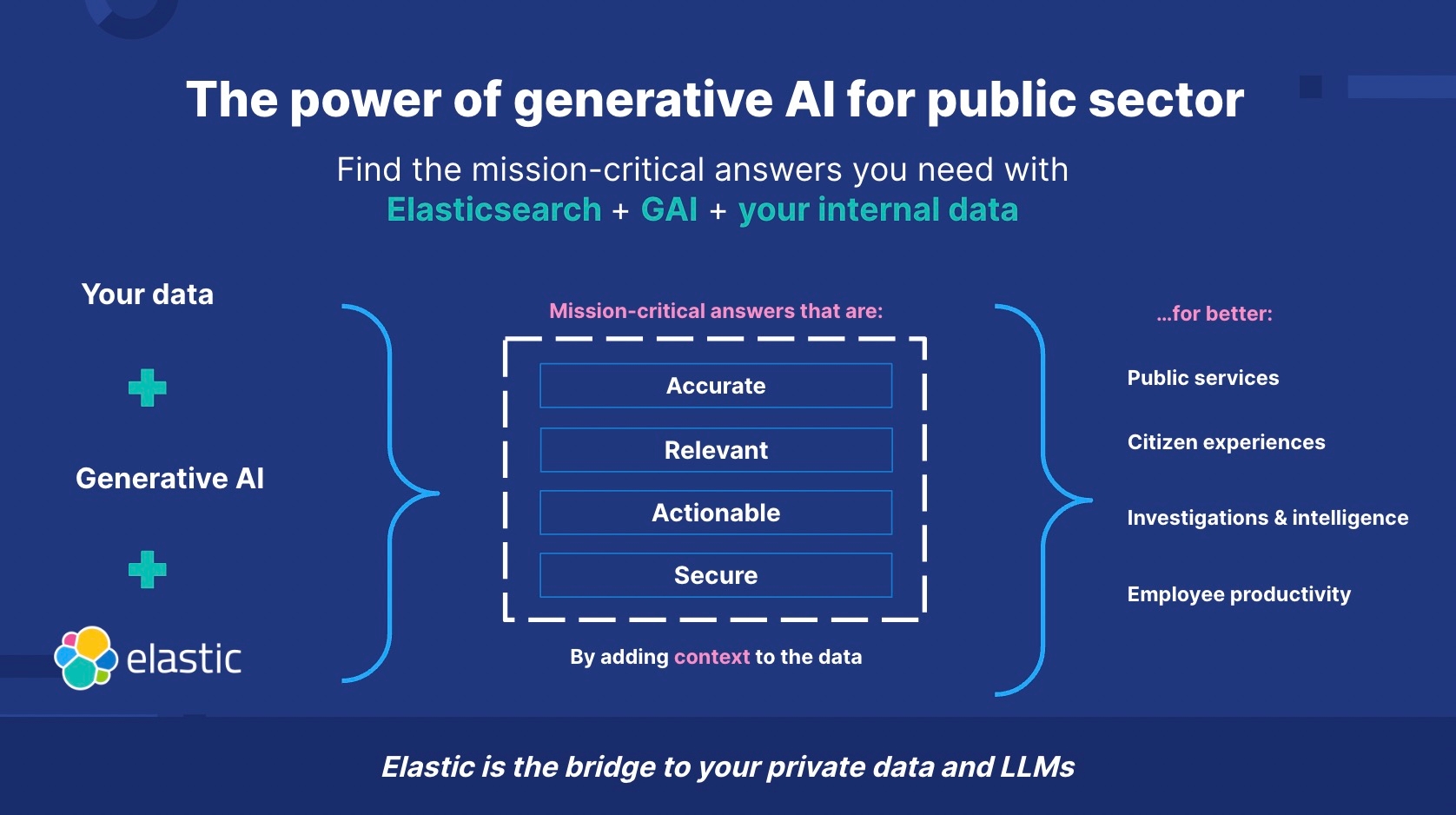 Amazon Web Services (AWS) has introduced a new standalone API called Guardrails API, allowing customers to bring its tools to the ground and create guardrails for AI models beyond Amazon Bedrock. This move aims to provide customers with more model choices and customization options. Vasi Philomin, VP of generative AI at AWS, explained that guardrails help ensure safety, privacy, and truthfulness in AI applications. The Guardrails API enables users to set guardrails for common aspects like hate speech and sexualized terms in any AI model and application, even if they do not use Amazon Bedrock.
Amazon Web Services (AWS) has introduced a new standalone API called Guardrails API, allowing customers to bring its tools to the ground and create guardrails for AI models beyond Amazon Bedrock. This move aims to provide customers with more model choices and customization options. Vasi Philomin, VP of generative AI at AWS, explained that guardrails help ensure safety, privacy, and truthfulness in AI applications. The Guardrails API enables users to set guardrails for common aspects like hate speech and sexualized terms in any AI model and application, even if they do not use Amazon Bedrock.
The introduction of the Guardrails API aligns with Amazon’s approach to generative AI, which emphasizes offering customers a wide range of model choices. Philomin mentioned that customers can now apply these guardrails to any model, including those from OpenAI. This opens up possibilities for companies to utilize different models and enhance safety, privacy, and truthfulness in their AI systems.
AWS also introduced Contextual Grounding to the Guardrails API, a feature that allows customers to test if models or AI agents are genuinely reading data from companies and not generating false information. By implementing this feature, AWS addresses a common concern among companies considering large language models (LLMs), which is the occurrence of hallucinations. Contextual Grounding can detect and filter out more than 75% of hallucinations, providing users with more confidence in the responses generated by their AI systems.
Additionally, AWS announced new capabilities for building AI agents on Bedrock. One of these capabilities is extended memory retention, which allows agents to remember more information across interactions over time. For example, a flight booking agent built on Bedrock can remember a customer’s seating preference and preferred airlines. This feature enhances the personalization and user experience of AI-powered customer service systems.
Moreover, AWS added a code interpretation capability to Bedrock, enabling AI models to analyze complex data with code. This capability addresses the limitation of AI models in handling mathematical calculations effectively. By allowing models to analyze numerical data and write code to answer queries, users can obtain insights from data sets that require mathematical analysis. For instance, an AI agent built on Bedrock can analyze real estate data to find the most profitable zip code by reading a CSV file and writing code to analyze the figures.
These updates reflect Amazon’s belief that generative AI will transform various functions across industries, and they aim to empower customers with the right tools and capabilities. By providing more choices and customization options, AWS wants to enable customers to overcome challenges and achieve their AI goals.

